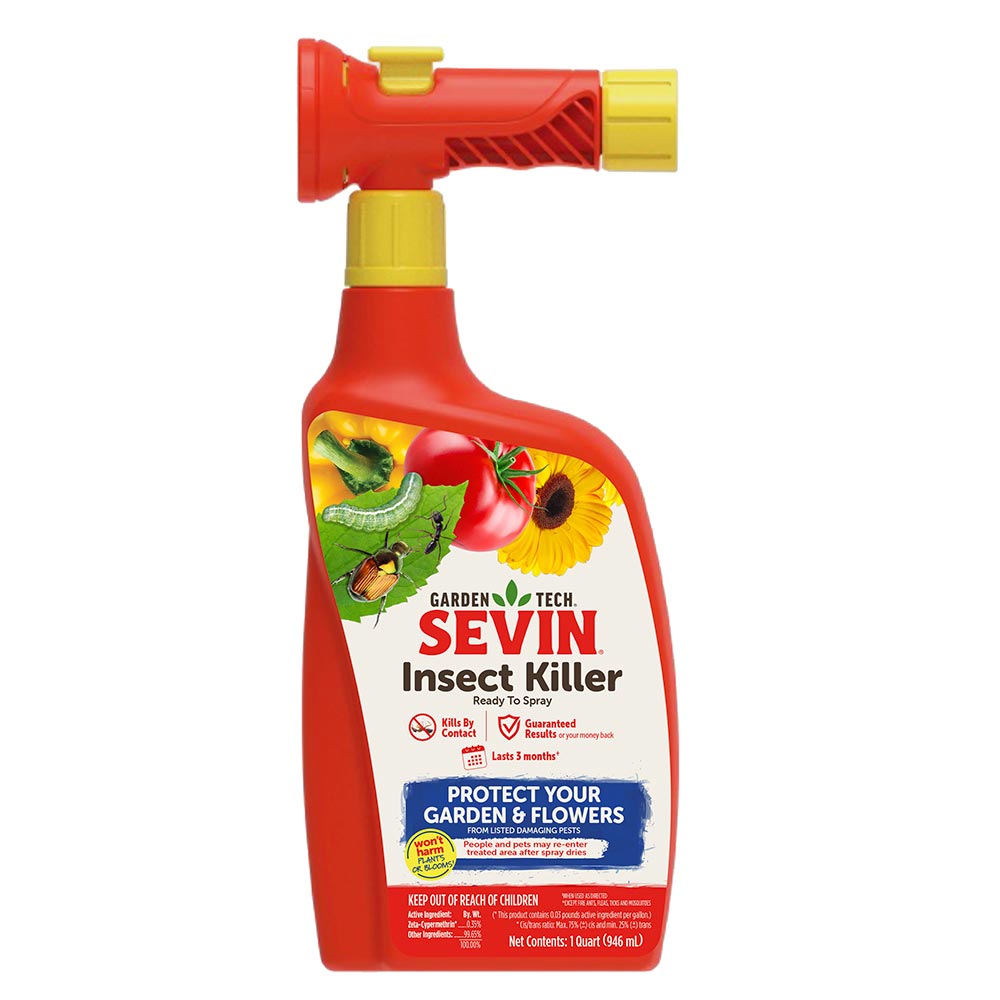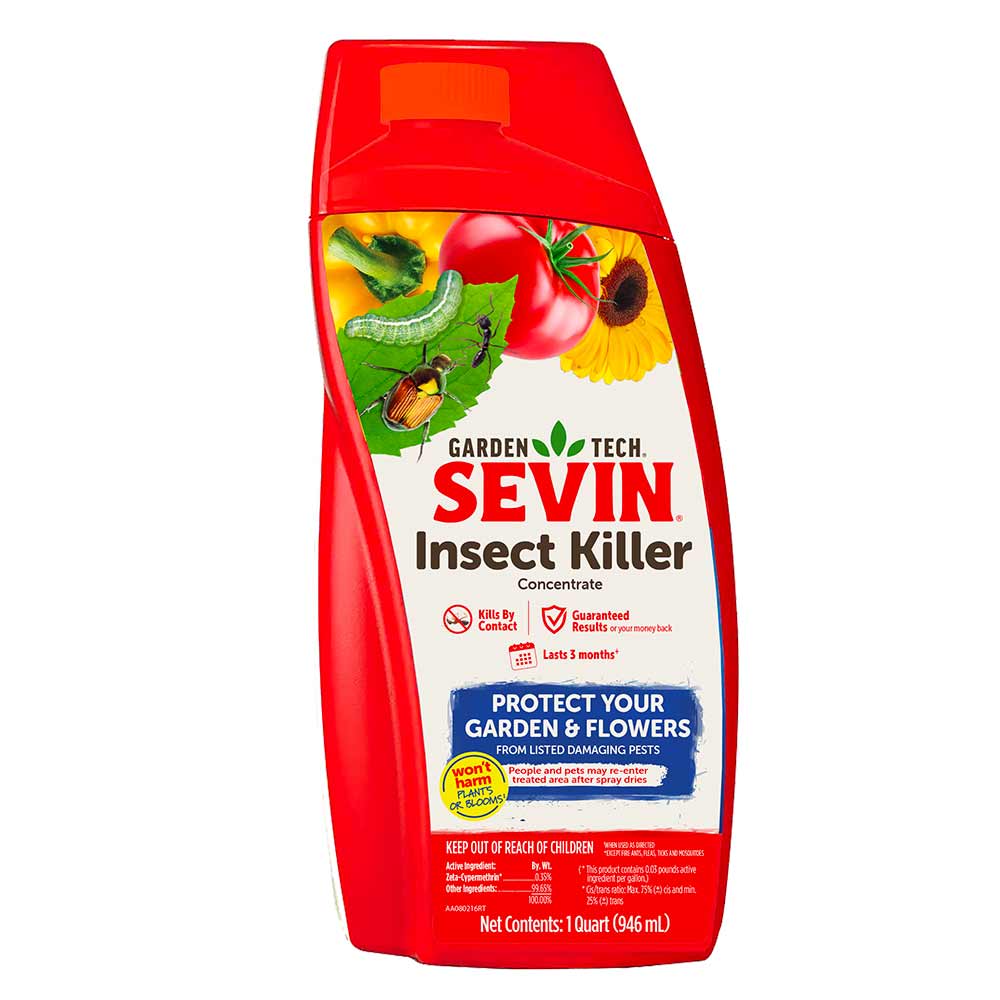Chafer Beetles
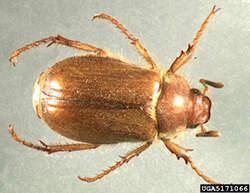

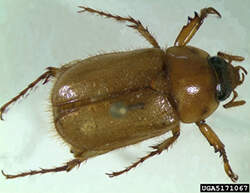

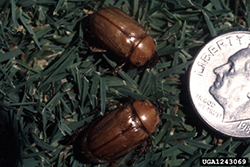
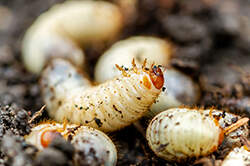
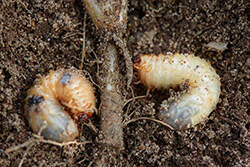
Many beetles are known by the common name "chafer," but some stand out for their destructive ways. Masked chafers, with several species native to different American regions, and invasive, non-native chafers do extensive damage to U.S. lawns during their larval or grub stage.
Chafer grubs feed on grass roots just below the surface, damaging roots and causing grass to die. European chafer grubs are especially troublesome because they feed longer into fall and start feeding earlier in spring than other white-grubs do. Unlike adult Japanese beetles, European and masked chafers don't damage garden plants in their adult, beetle stage.
Chafer Beetle Identification
Depending on the species, adult masked chafers are golden to chestnut brown beetles with matching or darker brown heads. Lighter brown "masks" on their faces inspire their name. European chafers are maskless, golden tan beetles. Both these oval-shaped adults grow to 1/2 inch in length or more. Chafer larvae are grayish white, brown-headed grubs that grow up to 1 inch long. When disturbed, the six-legged grubs curl into a "C" shape.
Chafer Beetle Signs or Damage
Chafer beetles mature into adults in June or July. Large groups emerge from soil at sunset, settle into trees and shrubs, and mate into nighttime hours. European chafers in particular avoid well-irrigated lawn areas when laying eggs; their grub damage is concentrated in dry areas. Damage done in late summer and fall reveals itself when dead or dying grass fails to turn green in spring. Patches of discolored grass feel soft and spongy underfoot, and turf lifts up easily to reveal chafer grubs a few inches deep.
Chafer Beetle Control
Effective chafer beetle control targets the destructive grub stage. Optimal treatment time is late summer and fall when grubs are still young, small and feeding close to the surface. Spring treatments target overwintering grubs as they begin to feed again. GardenTech® brand offers a highly effective product to kill chafer grubs and adult chafer beetles by contact and keep working for up to three months:
- Sevin® Insect Killer Lawn Granules work above and below the soil line to kill and control chafer grubs and beetles in lawns. For best results, mow your grass at 3 inches or shorter; then apply the ready-to-use granules with a standard spreader. Water the treated area immediately to release active ingredients down into the soil.
For extra protection against future chafer grub damage, treat for adult beetles at or shortly before they emerge in early summer — before they lay their eggs. The following highly effective, non-staining products treat gardens, lawns and foundation plantings to kill chafer beetles by contact and keep protecting for up to three months:
- Sevin® Insect Killer Ready to Spray attaches to a normal garden hose to measure and mix automatically as you spray. Treat anywhere you've had chafer problems in previous years or at the earliest sign of newly emerged beetles. Spray to cover all surfaces thoroughly.
- Sevin® Insect Killer Concentrate, used with a regular pump-style sprayer, simplifies extensive coverage of small trees, shrubs and lawns. The convenient measuring cap makes it easy to get just the right amount of the economical concentrate into your sprayer. Add water, mix well, and spray to cover all surfaces thoroughly.
Chafer Beetle Control Tip: Chafer larvae attract birds, skunks, raccoons and other wildlife in search of meals. Holes poked into turf by digging birds or overnight digging by larger creatures may signal an infestation of chafer grubs.
Always read product labels and follow the instructions carefully.
GardenTech is a registered trademark of Gulfstream Home and Garden, Inc.
Sevin is a registered trademark of Tessenderlo Kerley, Inc.
Photo credit:
Mike Reding and Betsy Anderson, USDA Agricultural Research Service, Bugwood.org. (CC BY 3.0 US)
Mike Reding and Betsy Anderson, USDA Agricultural Research Service, Bugwood.org. (CC BY 3.0 US)
Photo credit: Mike Reding and Betsy Anderson, USDA Agricultural Research Service, Bugwood.org (CC BY 3.0 US)
Photo credit: Whitney Cranshaw, Colorado State University, Bugwood.org (CC BY 3.0 US)
Is this not your insect?
View all Insects


